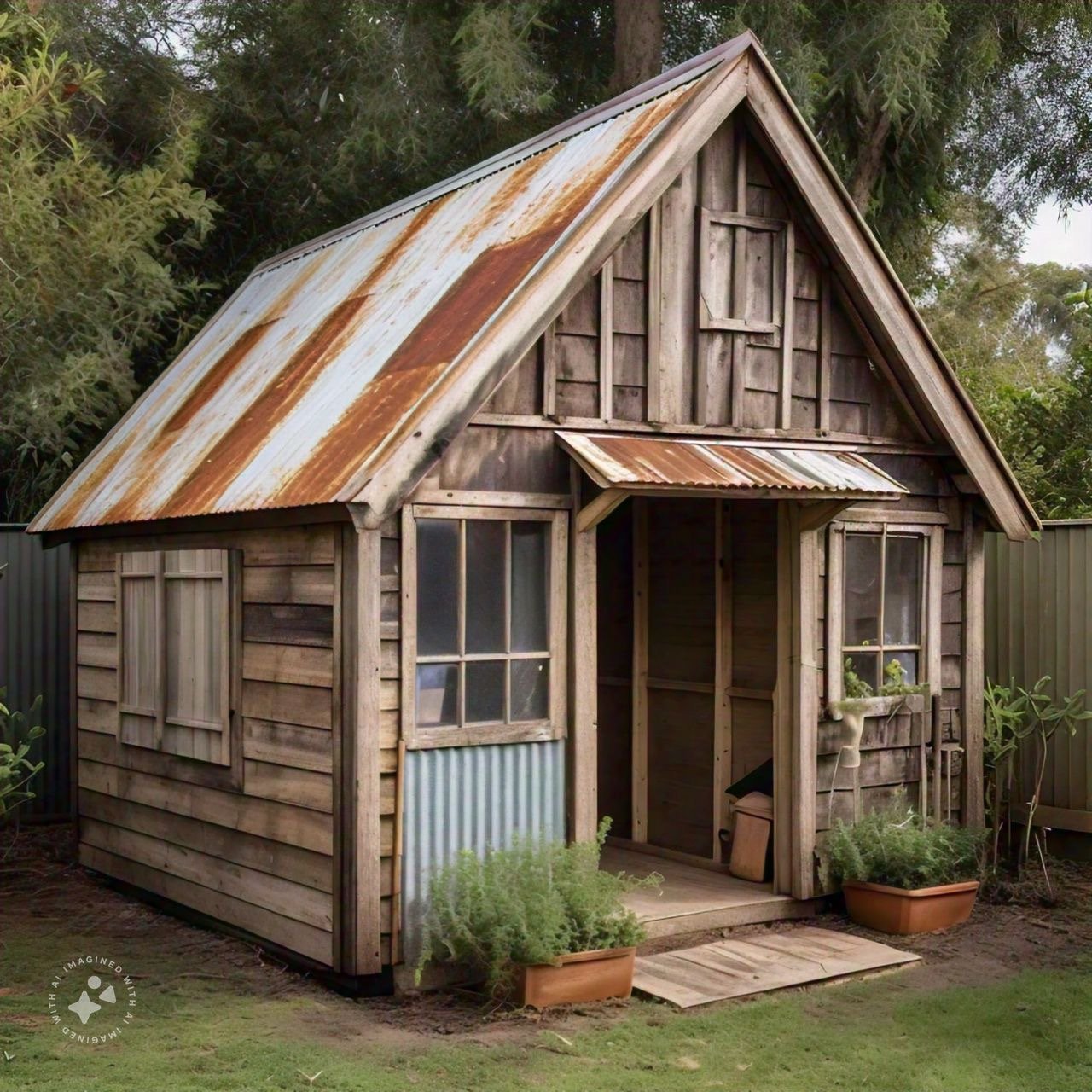How Much Does It Cost to Build a Shed?
Building a shed can be an excellent way to increase storage space or create a functional outdoor area for your home. Whether you’re looking for a simple solution to store tools or a more elaborate setup to double as a workspace, the cost of building a shed depends on several factors, including size, materials, and additional features.
In this article, we’ll break down the costs associated with building a shed and highlight budget-friendly storage solutions like the Patiowell deck box or a resin shed for those who may prefer pre-built options.
Factors Influencing the Cost of Building a Shed
The overall cost of building a shed can vary widely depending on the following factors:
1. Shed Size
The larger the shed, the more materials and labor are required, which increases costs. For instance:
- Small sheds (6×4 feet): Ideal for storing gardening tools and equipment, costing around $500-$1,500.
- Medium sheds (10×8 feet): Suitable for larger items like bicycles or a lawn mower, typically costing $1,500-$3,500.
- Large sheds (12×20 feet or more): Perfect for workshops or multi-use purposes, with costs ranging from $3,500-$10,000.
2. Material Choices
The material you choose has a significant impact on the price:
- Wood Sheds
Traditional and sturdy, wood sheds cost between $30 and $50 per square foot. While they’re customizable and aesthetically pleasing, they require more maintenance than other materials. - Metal Sheds
Metal sheds are durable, cost-effective, and resistant to pests. Prices range from $15 to $30 per square foot. - Resin Sheds
Made from high-quality plastic, resin sheds are lightweight, weather-resistant, and easy to assemble. They typically cost $20-$40 per square foot and are a great low-maintenance option.
3. Foundation Type
A solid foundation is crucial for the longevity of your shed. Common options include:
- Gravel base: $3-$5 per square foot.
- Concrete slab: $7-$15 per square foot, offering greater stability but at a higher cost.
4. Labor vs. DIY
Hiring a professional can cost $50-$100 per hour, depending on the complexity of the project. Building the shed yourself saves labor costs but requires time, tools, and some level of expertise.
Additional Costs to Consider
1. Doors and Windows
Adding windows or custom doors can enhance the functionality of your shed but can also add $100-$500 per feature.
2. Insulation and Electrical Work
If you’re planning to use the shed as a workspace, you may need insulation ($1-$3 per square foot) and electrical wiring ($50-$100 per hour for installation).
3. Storage Enhancements
For extra storage space, consider alternatives like the Patiowell deck box for smaller items. These deck boxes are affordable, stylish, and versatile, with prices starting at just $100.
Cost Breakdown for Popular Shed Types
DIY Shed Kits
Pre-fabricated shed kits are a cost-effective option for DIY enthusiasts. A resin shed kit, for instance, costs between $500 and $2,000 depending on size and features. These kits are easy to assemble and come with all nthe ecessary components.
Custom-Built Sheds
Custom sheds allow for more flexibility in design but come with higher costs. A professionally built shed typically ranges from $2,500 to $5,000 for medium sizes, with larger options exceeding $10,000.
Resin Shed: An Affordable Alternative
If you’re looking for a low-maintenance and budget-friendly option, a resin shed offers excellent value. They are weather-resistant, lightweight, and easy to clean, making them perfect for homeowners who want a hassle-free storage solution.
Is a Pre-Built Option Better?
Sometimes, building a shed from scratch may not be the most practical or cost-effective solution. If you’re on a tight budget or short on time, consider pre-built alternatives like:
- Patiowell deck boxes: Perfect for smaller storage needs, these deck boxes are an affordable, space-saving option for patios or decks.
- Resin sheds: These pre-fabricated sheds are a great mid-range solution, offering durability and ease of assembly without the labor costs associated with custom builds.
Tips to Save Money When Building a Shed
- Opt for Resin Sheds: Resin sheds are affordable, durable, and require minimal maintenance, saving you money in the long run.
- Build It Yourself: If you have the tools and time, assembling a shed yourself can significantly cut labor costs.
- Repurpose Materials: Reuse materials like wood or metal scraps to reduce costs.
- Choose Affordable Storage Enhancements: Add cost-effective solutions like a Patiowell deck box to complement your shed storage without overspending.
Final Thoughts
The cost of building a shed depends on size, materials, and additional features. While a custom-built shed offers flexibility, pre-fabricated options like resin sheds are affordable and practical for most homeowners. For those needing smaller-scale storage, a Patiowell deck box provides a stylish and budget-friendly solution.
Whether you’re building a shed yourself or opting for a ready-made option, investing in outdoor storage enhances the functionality and organization of your space while increasing your property’s value.







